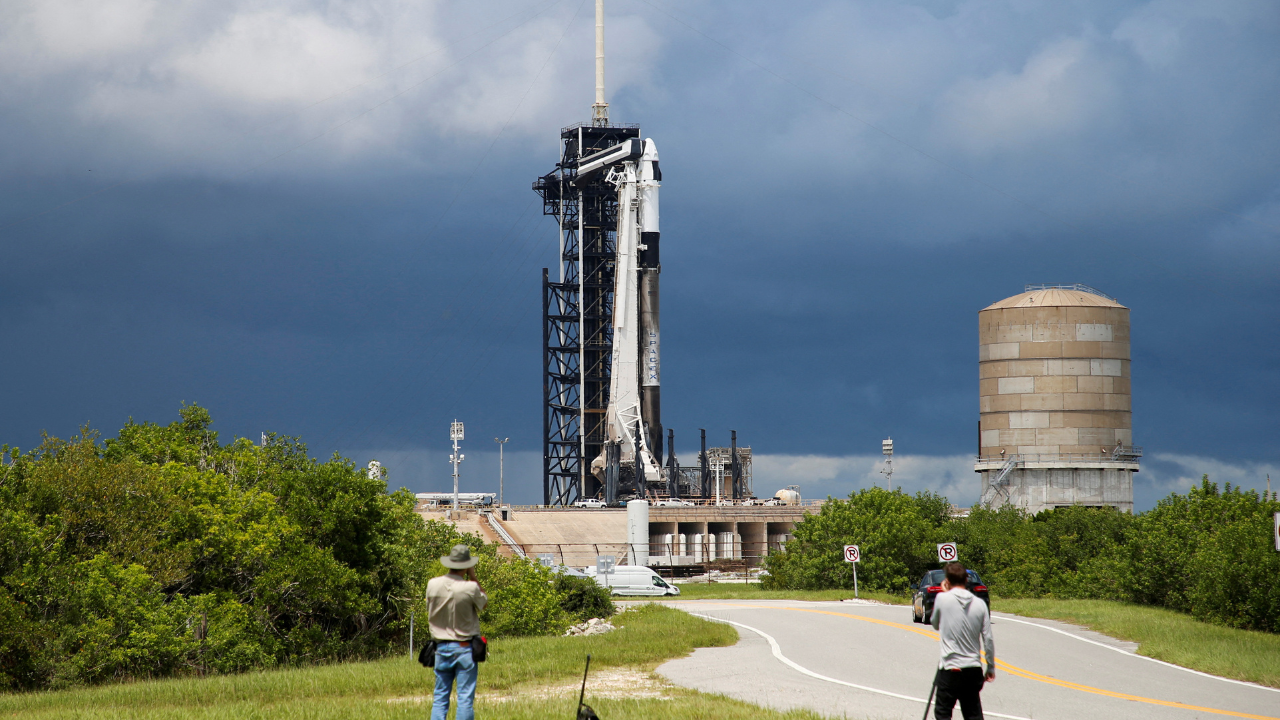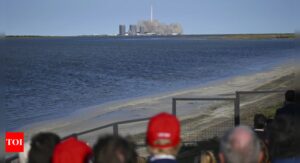

The mission, which aims to carry four civilians into Earth’s orbit and conduct the first-ever spacewalk by private citizens, was initially scheduled to launch from Nasa‘s Kennedy Space Centre on Tuesday but was first delayed due to helium leak.
SpaceX announced on X “Due to unfavourable weather forecasted in Dragon’s splashdown areas off the coast of Florida, we are now standing down from tonight and tomorrow’s Falcon 9 launch opportunities of Polaris Dawn.” The company assured that teams would continue to monitor weather conditions to identify the best possible launch window.
Billionaire entrepreneur Jared Isaacman who is funding and commanding the mission, said, “Our launch criteria are heavily constrained by forecasted splashdown weather conditions,” Isaacman wrote on X. “With no ISS rendezvous and limited life support consumables, we must be absolutely sure of re-entry weather before launching. As of now, conditions are not favourable tonight or tomorrow, so we’ll assess day by day.”
Isaacman has been preparing for Polaris Dawn with his crew for over two years. The team includes Scott Poteet, a retired US Air Force lieutenant colonel, and SpaceX engineers Sarah Gillis and Anna Menon, who will serve as mission specialists and medical officers.
Isaacman acknowledged the challenges ahead and said, “Sometimes, the hardest journeys require the most patience, and we’re ready to wait for the right moment.”
The Polaris Dawn mission is the first of three planned under the Polaris Program, a collaborative human-spaceflight project between Isaacman and SpaceX. The mission’s primary objectives include reaching an altitude of 870 miles (1,400 kilometres), higher than any crewed mission since Nasa’s Apollo 17 in 1972, and performing a historic spacewalk at an altitude of 435 miles (700 kilometres) above Earth.
The crew will wear state-of-the-art Extra-Vehicular Activity (EVA) suits designed by SpaceX, using them for the first time in space.
In addition to the spacewalk, the mission will test laser-based satellite communication with Starlink, SpaceX’s constellation of internet satellites, aiming to enhance space communication speeds. The crew will also conduct nearly 40 scientific experiments, including tests with contact lenses embedded with microelectronics to monitor changes in eye pressure and shape.
The mission is expected to last approximately six days, concluding with a splashdown off the coast of Florida.




